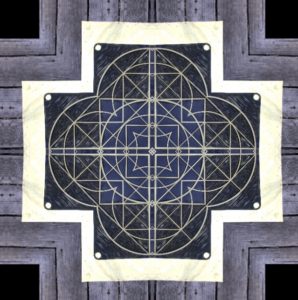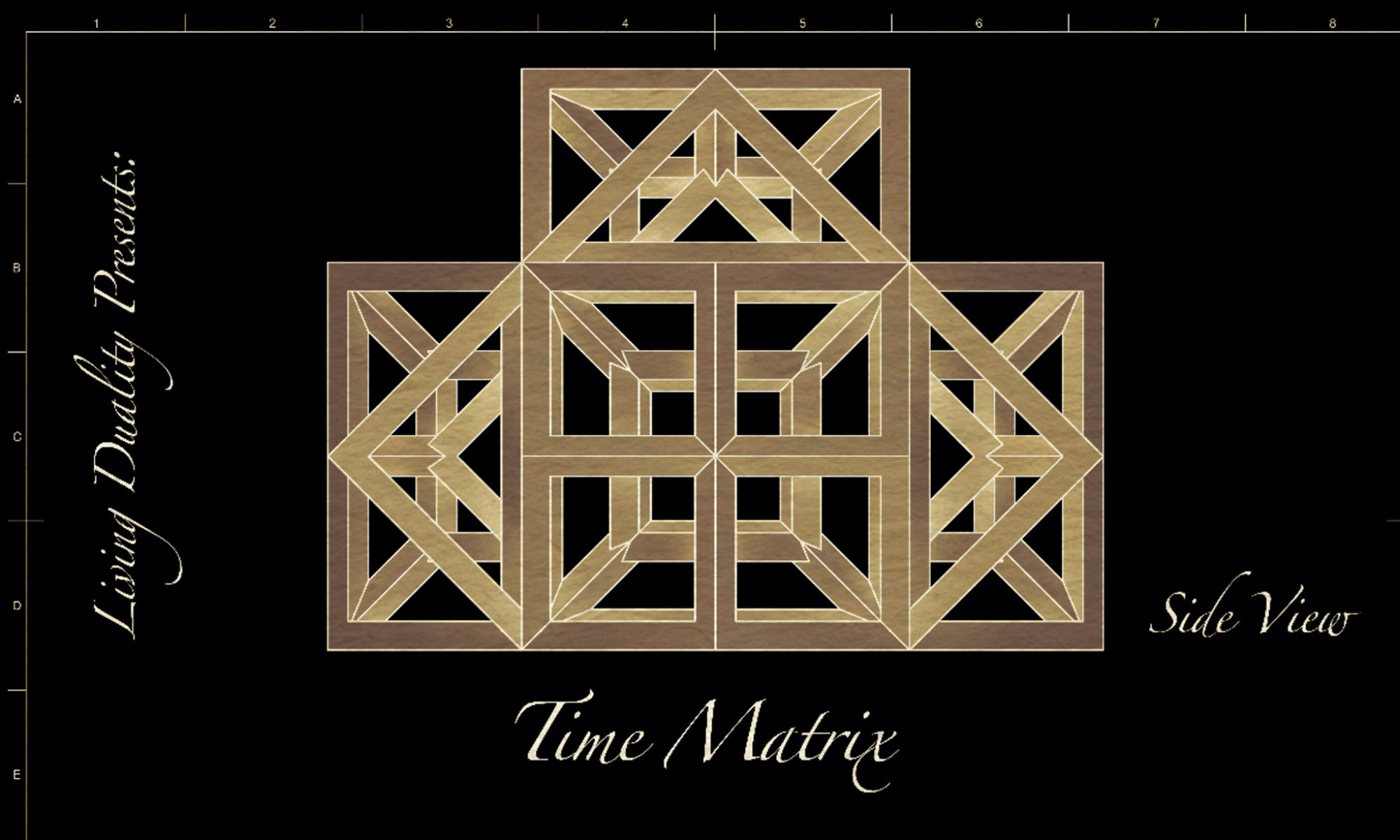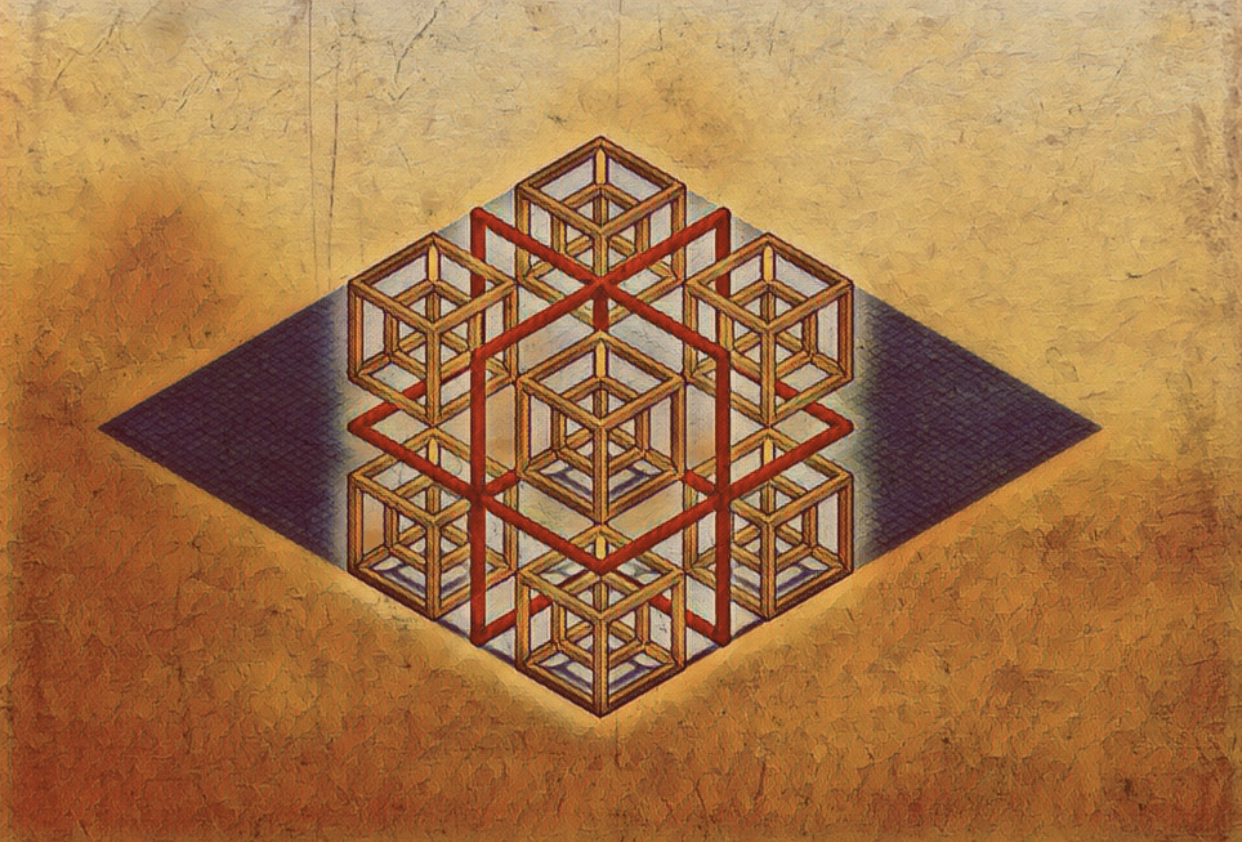“With the supreme identity, you are established in radical Freedom, it is true, but that Freedom 𝗺𝗮𝗻𝗶𝗳𝗲𝘀𝘁𝘀 as compassionate activity, as agonizing concern. The Form of Freedom is sorrow, unrelenting worry for those struggling to awaken. The Bodhisattva weeps daily; the tears stain the very fabric of the Kosmos in all directions. The Heart moves into those places where Spirit remains unheralded and unheard; the work is a passion, an agony; it is always fully accomplished, and thus never ending.
⠀
But if you keep interpreting Spirit as simply a higher or sacred Self — ignoring Spirit in the other quadrants — then that is going to abort further realization. It won’t just hurt others, it will profoundly sabotage your own spiritual development. It will cut off further realizations of Spirit’s all-pervading presence. You will just keep retreating into your interior awareness, until that well runs dry, and you end up despising the manifest world because it “detracts” from your “real” self.
⠀
On the other hand, a more graceful unpacking facilitates further and deeper intuitions, intuitions touching the I and the We and the It domains: not just how 𝘁𝗼 𝗿𝗲𝗮𝗹𝗶𝘇𝗲 the higher Self, but how to see it 𝗲𝗺𝗯𝗿𝗮𝗰𝗲𝗱 in culture, 𝗲𝗺𝗯𝗼𝗱𝗶𝗲𝗱 in nature, and 𝗲𝗺𝗯𝗲𝗱𝗱𝗲𝗱 in social institutions.
⠀
Realized, embraced, embodied, embedded: a more graceful interpretation covering 𝗮𝗹𝗹 𝗳𝗼𝘂𝗿 𝗾𝘂𝗮𝗱𝗿𝗮𝗻𝘁𝘀, because Spirit itself manifests as 𝗮𝗹𝗹 𝗳𝗼𝘂𝗿 𝗾𝘂𝗮𝗱𝗿𝗮𝗻𝘁𝘀. And this more graceful interpretation facilitates the birth of that Spirit which is 𝗱𝗲𝗺𝗮𝗻𝗱𝗶𝗻𝗴 𝘁𝗵𝗲 𝗶𝗻𝘁𝗲𝗿𝗽𝗿𝗲𝘁𝗮𝘁𝗶𝗼𝗻. Graceful interpretation midwifes Spirit’s birth, Spirit’s descent. The more adequately I can 𝗶𝗻𝘁𝗲𝗿𝗽𝗿𝗲𝘁 the intuition of Spirit, the more that Spirit can speak to me, the more the channels of communication are open, leading from communication to communion to union to identity — the supreme identity.”
Ken Wilber, “A brief history of Everything”







